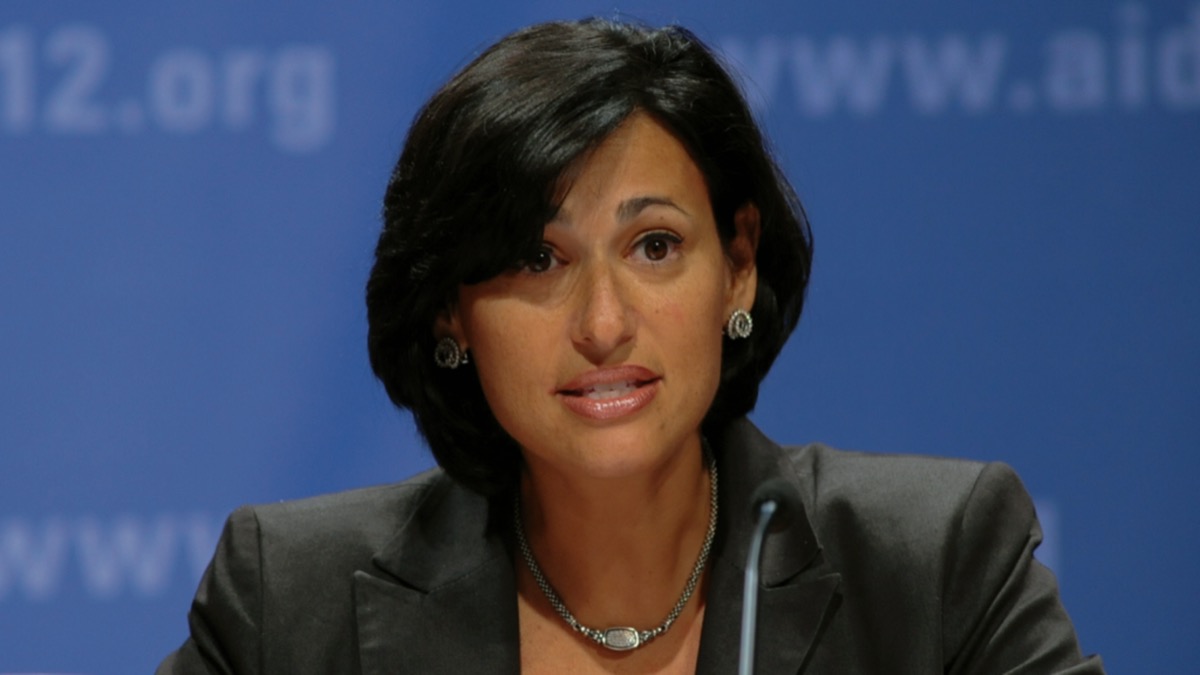
- February 18, 2022
As the pandemic improves, the CDC wants to give people a break from wearing masks, according to the director.
- The CDC is focusing more on Covid hospitalizations as an indication to whether public health precautions should be relaxed, according to Dr. Rochelle Walensky.
- The CDC is examining its mask guidelines, according to Walensky, and may publish an update soon.
- If you reside in an area where virus transmission is prevalent, the CDC presently recommends that you wear a mask in indoor public venues regardless of your vaccination status.
The agency is revisiting its mask guidelines and turning its focus to Covid hospitalizations as a critical gauge of the outbreak's severity and a future reference for determining whether health safety protocols need to be reinforced, according to the CDC's director, Dr. Rochelle Walensky.
During a White House Covid update on Wednesday, Walensky informed the audience, "We must consider hospital capacity as an extra crucial barometer." "When these measures are better, we want to give folks a break from things like mask-wearing, and then have the ability to reach for them again if things worsen," she added.
If you reside in an area where virus transmission is prevalent, the CDC presently recommends that you wear a mask in indoor public venues regardless of your vaccination status. According to CDC data, high transmission is currently present in nearly every county in the United States. On flights, buses, trains, and other forms of public transportation, people are compelled by law to wear masks.
States, on the other hand, have begun to relax public health restrictions as new infections from the omicron form have dropped dramatically since their peak in January. Businesses in New York and California have been exempted from wearing masks, while schools in New Jersey will be exempted in March.
The Biden administration is closely coordinating with state governors, public health experts, and business leaders as the federal government plans for what the U.S. Covid response will look like as the wave of infection from the omicron variant subsides, according to Jeff Zients, White House Covid response coordinator.
During Wednesday's conference, Zients said, "We're working toward a moment when Covid isn't a crisis, but something we can prevent against and treat." "Our president and the rest of the Covid team are working hard to plan for the future."
The United States reported an average of approximately 136,000 new Covid cases per day over the last week, down 83 percent from the record high of more than 800,000 cases per day established on Jan. 15, according to the data from Johns Hopkins University. New infections are dropping in nearly every state and Washington, D.C., according to the data.
Almost 85,000 patients were in U.S. hospitals using Covid, according to a seven-day average of data from the Department of Health and Human Services as of Tuesday. This is also a drop from a high of approximately 160,000 on January 20.
"As the number of cases decreases, people will feel more comfortable taking off their mask," Walensky said, "but we will absolutely want them to have the option to wear one if they so desire." People who have been diagnosed with Covid should wear a mask for 10 days, regardless of the level of transmission in their community, according to the CDC director.
Omicron spreads more quickly than previous versions, yet it doesn't make people sick as much as the delta or alpha strains. Infections in the United States reached historic levels, yet hospitalizations and deaths did not follow suit. During the omicron wave, however, hospitals were still under a lot of stress because the variety can cause serious illness in the unvaccinated, the elderly, and those with weakened immune systems.
Dr. Anthony Fauci, the White House chief medical advisor, told the Financial Times last week that the United States is exiting the "full-blown epidemic phase of Covid-19."



















